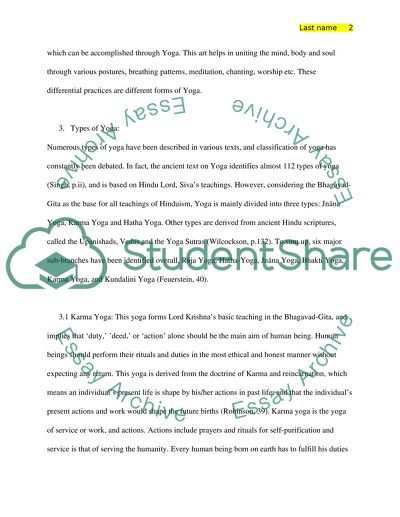Cite this document
(“Different Types of Yoga in Hinduism Serves Different Functions Research Paper”, n.d.)
Retrieved from https://studentshare.org/religion-and-theology/1434745-different-types-of-yoga-in-hinduism-serves
Retrieved from https://studentshare.org/religion-and-theology/1434745-different-types-of-yoga-in-hinduism-serves
(Different Types of Yoga in Hinduism Serves Different Functions Research Paper)
https://studentshare.org/religion-and-theology/1434745-different-types-of-yoga-in-hinduism-serves.
https://studentshare.org/religion-and-theology/1434745-different-types-of-yoga-in-hinduism-serves.
“Different Types of Yoga in Hinduism Serves Different Functions Research Paper”, n.d. https://studentshare.org/religion-and-theology/1434745-different-types-of-yoga-in-hinduism-serves.


